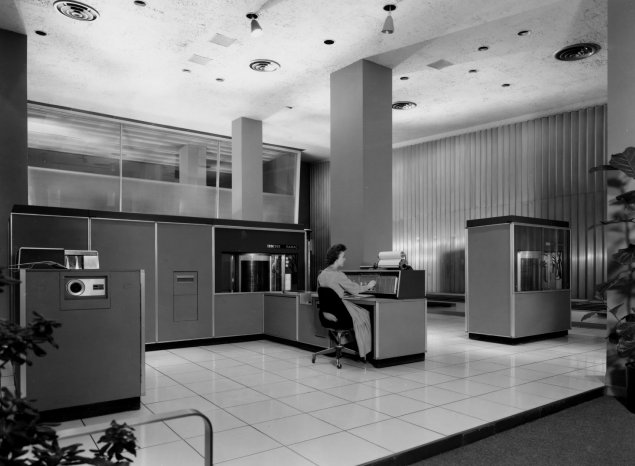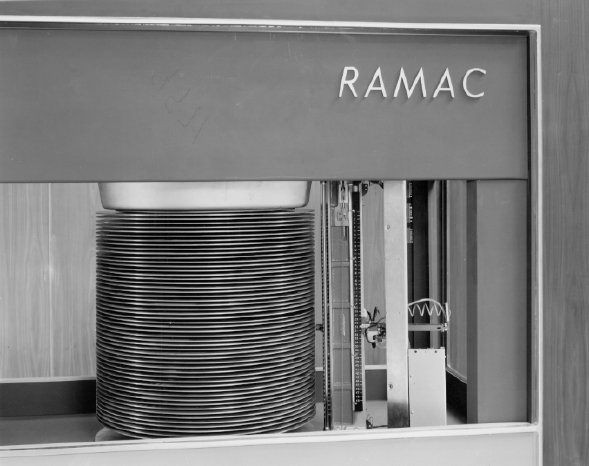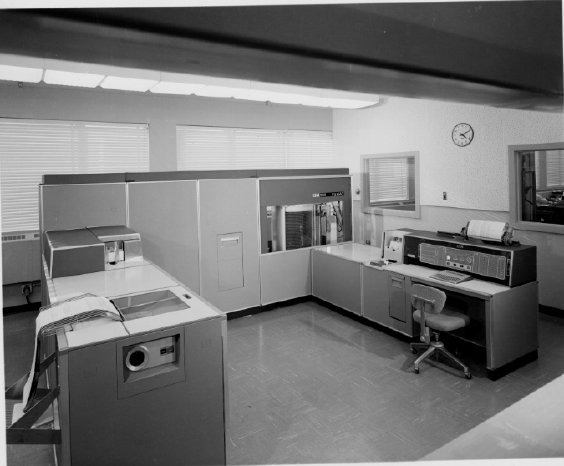Scientists and researchers today are outlining a number of key projects, including:
Storage-Class Memory – A new approach to creating faster storage, IBM’s Storage Class Memory (SCM) project is focused on the creation of low-cost, high-performance, high-reliability solid-state random-access storage that could compete with or replace disk drives and/or flash memory. Possible applications of this technology would include rapid-booting PCs, which could start up in a second or two after power on, not minutes like today’s current systems.
Intelligent Data Storage: Future storage systems will be more than repositories for data. They will also include a wide variety of modern data management and analytic features that will enable more efficient management and utilization of data, which will allow storage systems to help companies with fraud detection and identity recognition.
Storage Systems That Compute: Smart movement of computing power is enabled by logical partition (LPAR) technology, which allows virtual servers to be created on the storage server. This can accelerate applications by harnessing storage server resources.
Advances in Storage Management; Where Virtualization and Autonomic Computing Intersect : Managing the proliferation of data is becoming a huge and expensive headache. IBM solutions are based on open standards that use autonomic policy-based protocols to manage heterogeneous storage infrastructures efficiently and economically from a single point of control.
IBM will also be detailing technology advancements that have enabled tape to remain the most cost-effective method for storing massive amounts of business and personal data. While pundits have forecast the impending death of tape for years, IBM and its partners are enabling it to thrive today and for the foreseeable future.
“IBM helped kick off the storage revolution fifty years ago this month with the introduction of the 305 RAMAC Computer,” said Mark Dean, vice president Almaden Research Center and IBM Fellow. “Today, we’re working on the next generation of advances that will drive storage innovation forward for the next fifty years.”
The storage needs of businesses are growing dramatically. When IBM introduced the IBM 350 Disk Storage Unit in September 1956, its five megabytes could store an image of DaVinci’s Mona Lisa painting. By comparison, the IBM System Storage DS8000 Turbo, introduced this August, can store up to 320 terabytes of information, which is the equivalent of all the images held in the Guggenheim, the Louvre, and the Metropolitan Museum of Art, and more. Another example, in 1956 the 350 Disk Storage Unit could hold the digital equivalent of the collected works of Shakespeare, while today’s DS8000 can hold more than 76 million copies of Shakespeare’s works.



